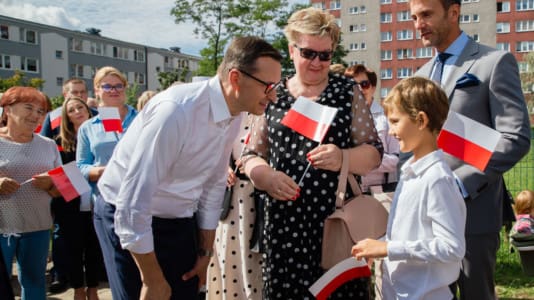The demographic situation in Poland is deteriorating rapidly, according to GUS data published on Monday.
The birth rate is now lower than at any time since the Second World War. The combination of a falling birth rate and people living longer means that the pension system, the healthcare system and the labor market will come under increasing pressure, according to Interia.pl.
According to GUS, the population of Poland fell by 141,000 in 2022. Births are failing to replace those passing away even in a year like 2022 when Covid-19 was no longer a major factor.
[pp id=74755]
The data also shows that women are giving birth at a later stage in their lives. Between 1990 and 2000, the median age of a woman in Poland giving birth was 26, while today it is 31. The average age for a first pregnancy is now 29.
People are also living longer. The median age in 2022 was 77 years (72 for men and 83 for women), when in 2000 that was 73 years (69 for men and 78 for women). Compared with 1960, the life expectancy for men has increased by nine years and for women by 11.
[pp id=6422]
Since 2010, the number of people of productive age has been falling, and more people are retiring than coming into the labor market. In 2022, for every 100 people, 39 were of retirement age and only 31 had not reached productive age.
GUS estimates that by 2060, Poland’s population will fall by 6.8 million, and half of the population will be over 50 years of age. It is clear the country is facing a demographic crisis, as are many other European nations, but so far, Europe and Poland are short on answers.





